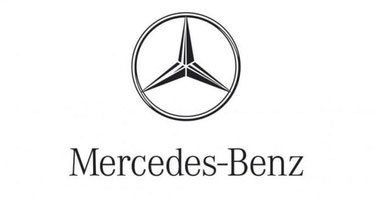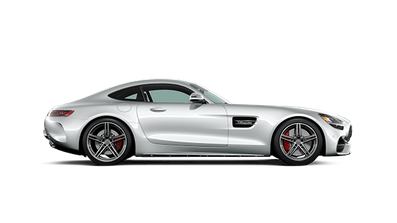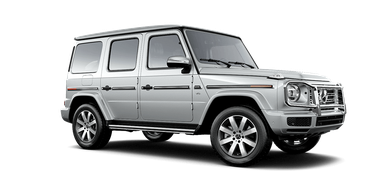MERCEDES-BENZ Car PDF Manuals
Mercedes-Benz Cars History
There're 15 MERCEDES-BENZ car owner's & service manuals PDF, electric wiring diagrams, error codes DTC.
The history of the German company Daimler Motoren Gesellschaft, which produced Mercedes cars, dates back to 1900.
In addition to cars, it produced marine and aircraft engines, which in 1909 gave rise to the adoption of a three-pointed star as a logo - a symbol of the brand's success on land, water and in the air.
In 1926, Daimler and Benz merged, and the star was inscribed in a ring with a laurel wreath (a tribute to past victories of Benz cars in races).
In this form, the emblem is often used to this day, along with the logo depicted here.
Since 1901, the name "Mercedes" has become a trademark of cars produced by the German company Daimler-Motoren-Gesellschaft.
It was founded by Gottlieb Daimler in 1890 in Bad Cannstat.
Near Stuttgart, on the basis of his workshop, where in 1885-1886 he built, considered the first in the world, a 4-wheeled car with a gasoline engine.
In 1899, Wilhelm Maybach, who took an active part in the creation of the first Daimler cars, built a Rhönix-Daimler car with a 24 hp 4-cylinder engine, which had a number of serious technical shortcomings.
Cars of the "SL" type (two-seater roadster and coupe), as well as "CL" (4-, 5-seater luxury coupe) have been produced since 1989 and 1992, respectively.
They are unified in terms of chassis and power units with the S-class family and are equipped with 193-394 hp engines.
Multi-purpose all-wheel drive vehicles include the G-class family, which has been known since 1979.
Models of 1998 are equipped with gasoline and diesel engines with a working volume of 2874-3199 cc with a capacity of 122-215 hp.
Since 1996, the family of station wagons with increased capacity has included V-class cars with gasoline and turbocharged diesel engines of 2. 3 liters with a capacity of 143 and 98 hp.
New comfortable all-wheel drive models of the ML-class have been produced in the USA since 1997 and are equipped with gasoline engines up to 270 hp.
In 2000, the models of the C, S and CL class families were updated.
The production of passenger cars in the new company Daimler AG, as before, is handled by the Mercedes Car Group division.
Behind him are the brands Mercedes-Benz, Maybach and Smart. The last two are still unprofitable.
And if micromobiles are not in a hurry to be taken out of production, Maybach may again migrate to the museum in the near future.
In 2006, the Mercedes Car Group division finished with a good result, selling 1, 260, 600 vehicles and exceeding the figures of the previous year by 3. 2%.
At the same time, sales of Mercedes-Benz models grew by 6. 5% to 1, 148, 500 units.
However, in the new year 2007, this bar has hardly been overcome.
Sales of Mercedes-Benz in Western Europe, which is the main market for these cars (2/3 of all world sales), decreased by 3. 7% in the first seven months of 2007, and even by 17. 8% in distant Japan .
The sedan, which debuted in January 2007, was joined in the autumn by a station wagon, as well as several 4Matic all-wheel drive models.



